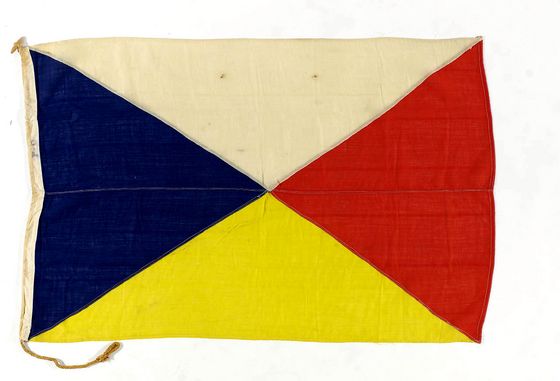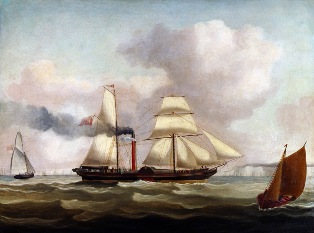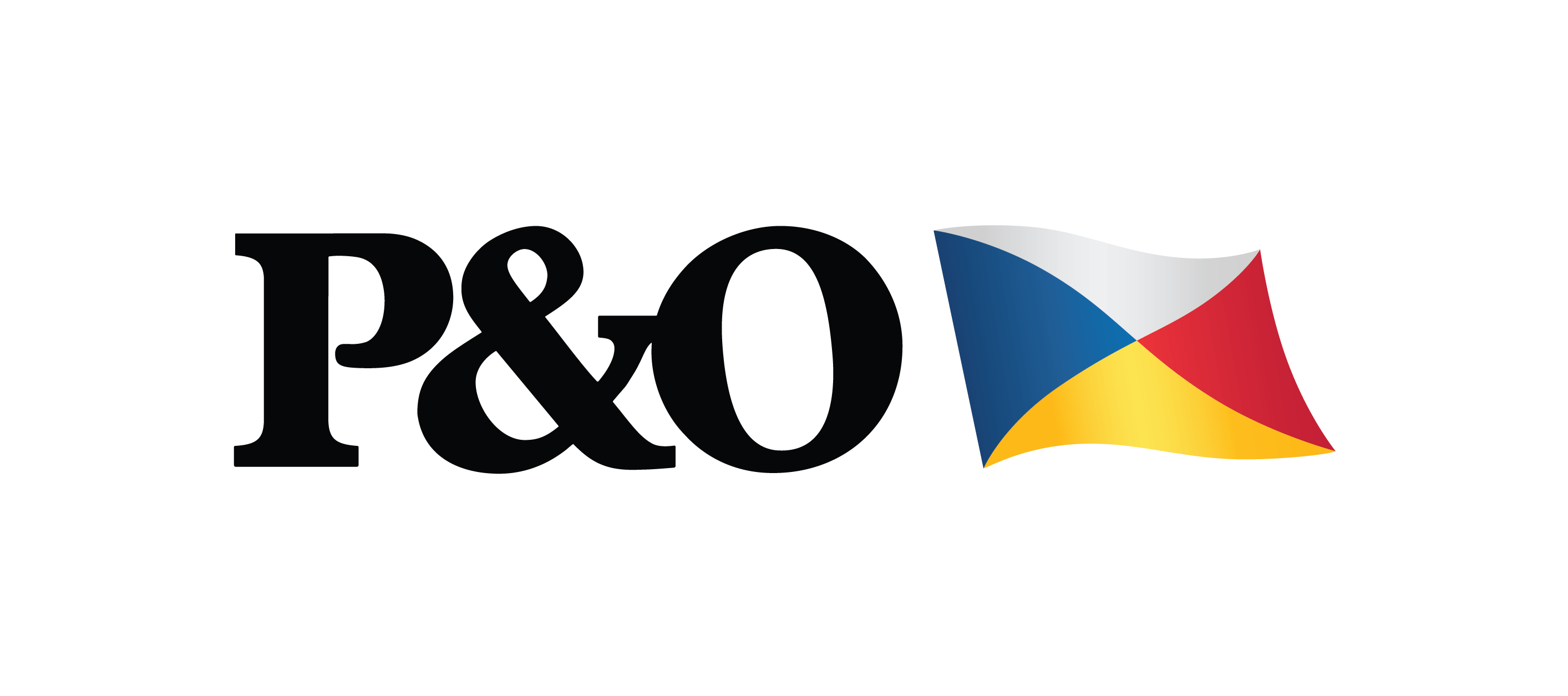P&O Steam Navigation Company
Originally operators of mail, passenger and cargo services between the UK, Spain and Portugal, Egypt, India, the Far East and Australia. Later a world-wide group of diversified shipping companies, and land based operations in port development, road haulage, construction, property and varied service industries
In 1837, the Peninsular Steam Navigation Company, ‘a thoroughly well-managed affair’ first secured a Government contract for the regular carriage of mail between Falmouth and the Peninsular ports as far as Gibraltar. The company, established in 1835 by the London shipbroking partnership of Brodie McGhie Willcox (1786-1861) and Arthur Anderson (1792-1868) and the Dublin Ship owner, Captain Richard  Bourne (1880-1851) had begun a regular steamer service for passengers and cargo between London, Spain and Portugal using the 206 ton paddle steamer William Fawcett.
Bourne (1880-1851) had begun a regular steamer service for passengers and cargo between London, Spain and Portugal using the 206 ton paddle steamer William Fawcett.
Mail contracts brought financial security and in 1840 the Peninsular Steam Navigation Company tendered and won a second contract for the mail service between the United Kingdom and Egypt. The new contract was awarded on the condition that within two years the company would establish a line of steamers capable of conveying the mails onwards with a regular service from Egypt to India. In the fledgling days of steam, such an undertaking required larger ships and the establishment of coaling stations, docks, storage, supply and repair facilities at strategic points along the route. Considerable capital investment was required and in order to raise the funds the Company became a limited liability company, incorporated by Royal Charter on 31st December 1840 as The Peninsular and Oriental Steam Navigation Company - P&O as it soon became known.
As promised, and delivered, the Indian mail service was inaugurated in the autumn of 1842 by P&O's purpose-built, 1,800 tons, wooden paddle steamer Hindostan. Additional mail contracts followed and by the end of 1844, P&O was operating a regular mail service extending from England to Alexandria and from Suez to Ceylon, Madras and Calcutta, with a further extension from Ceylon to Penang, Singapore and Hong Kong opened in 1845, and onwards to Shanghai in 1849. Steam communication with Australia was inaugurated in 1852 by means of an extension of the line from Singapore and in 1854 the Bombay Mail service passed from the ailing hands of the East India Company into the much surer grip of the P&O. With this, the P&O Company had become the chief trustee of British steam shipping services to the east, providing the only regular and reliable mail, passenger and cargo service between Europe and Egypt, India, Ceylon, Malaya, China and Australia.
In those early years, before the construction of a railway from Alexandria to Suez, the transit across the isthmus was accomplished in a most primitive manner, along what was known as the ‘Overland Route’. For the first part it was mostly a waterway, with goods and passengers being transported from Alexandria to the Nile by canal boat before continuing by river steamer to Cairo, and then disembarking once more for the land portion of the journey through the desert from Cairo to Suez, a distance of some 100 miles. It was a picturesque but bothersome exercise, every package being subjected to three separate transfers in passing from the Red Sea to the Mediterranean, and about 3,000 camels being called upon to transport the cargo of a single steamer along the route. P&O sought to improve the route for passengers with company-owned rest houses and distracting excursions to Egypt's sights but it was, nevertheless, not for the faint hearted.
In the mid-19th century the route was gradually improved by a rail service, but it was still only practicable and commercially viable for low volume, high value cargos subsidised by the mail service. In the 1860s P&O received an annual Government subsidy of approximately £225,000 for running the eastern mails. Whilst the financial remuneration was relied upon by the Company, the wider benefits of such investment were felt by travellers who could now embark on ocean voyages in the reasonable expectation of arriving safely, on some predetermined date, even at a given time. It was said you could set your watch by the P&O steamers!
- 1 of 4




